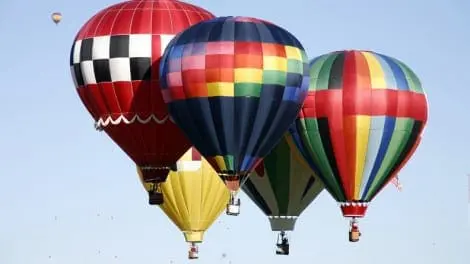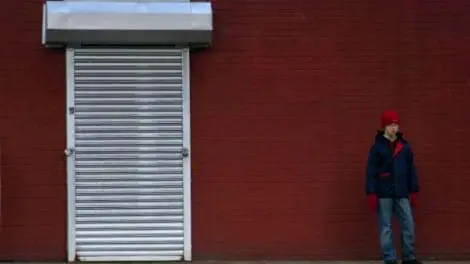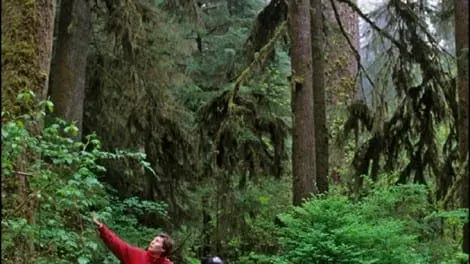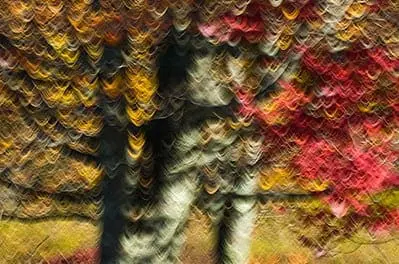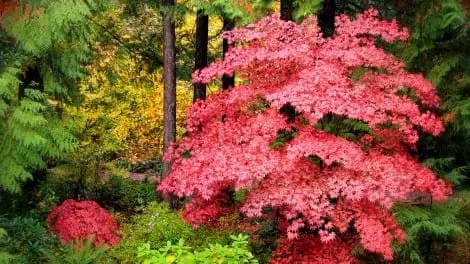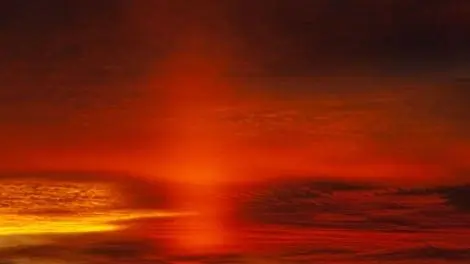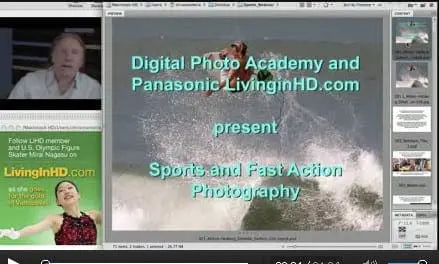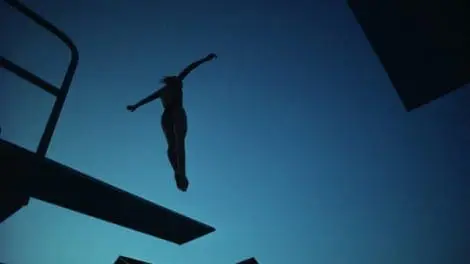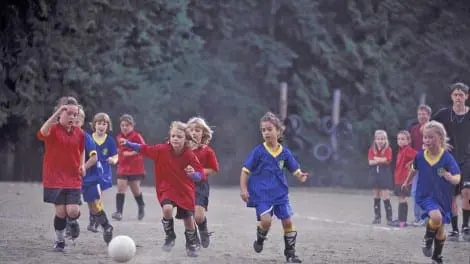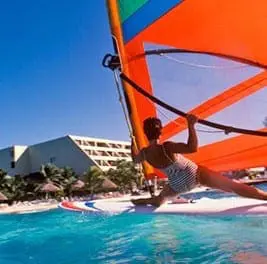DPA Magazine
Rememer to Look Up
© Ron Gould This image was shot on location in Albuquerque, NM shooting the "Mass ascension" for a corporate client, at daybreak. There were plenty of photo opportunities as hundreds of balloons rose at the same time, however this isn′t always the case. When seeking out red, remember to look in unexpected places, don′t forget to look up!
Patience in Street Photography
© Judith Farber For street photography patience is also key. If you come across an exceptional background, uncluttered with few distractions, nice lighting that enhances the mood, interesting architectural details to show time or place, etc, hang out for awhile and wait for the perfect subject to enter within the frame. For street photography is not only always about spontaneity. If you are in a scene with heart stomping potential don’t overlook that, be patient, hang out for awhile, even if you have to return to it until you get the shot.
Making Red Pop
Red is an important color in photography. Whenever you have something red in your photos, this subject will get attention. Our eyes see the color red first. I like to include red in my photos. A good example is a hiker in the forest showing the huge trees. To really show the size of the trees it is best to put a person in for scale. © Wolfgang Kaehler If the hiker would have a green or brown jacket he or she would get lost, but with a red jacket the hiker sticks out and everyone can see the hiker. Fire engines are red because they are visible and have to move quickly through traffic. Red flowers attract bees for pollination; red barns are picturesque standing in a green wheat field; male Cardinals are red to attract a mate.
Impressionism with Red
© Nikhil Bahl Pre-visualizing and using in camera techniques to get the results you are looking for can be challenging. Instead of taking a straight photograph of these trees, I decided to slow the shutter speed and move the camera itself to create an impressionistic image. The foreground tree had red leaves while the other one was bright orange. I positioned myself so that both would merge but chose to keep the trunks separated. The ferns on the ground added a splash of green. What makes this image though is the trees and their branches being very distinct. A slower shutter speed would have turned this image into a wash of color. It takes a few attempts to get an image like this, but the key is to recognize a good situation and work it.
Exposing Red
© Ken Dejarlais This image was shot in late summer in the early evening. I slightly underexposured to this image to enhance saturation and make the contrasting colors pop.
Don′t be Afraid of the Abstract
© Ellen Yeiser Pictures should show emotion and not necessarily represent what they truly are. Stripping the picture down to its simplest form can be very powerful and allows the viewer to interpret the picture based on their personal experiences. Each interpretation will be different. Don’t be afraid to abstract your composition.
John Bentham′s Sports & Fast Action Webinar
On February 16th, 2010, New York City DPA Instructor John Bentham presented an hour long webinar about Sports & Fast Action photography.
Power & Grace
Sports photography requires a keen sense of timing as well as an appreciation of movement and form. Generally sports photographers look to freeze the action OR convey a sense of fluidity, power and grace as in some of the examples below. © Adam Stoltman Both require different techniques, yet both require staying "in tune", as well as understanding the concept of peak action. Literally, this is the moment when a particular movement reaches its apex, as in the photograph of the diver. Her body is at full extension as she reaches the "peak" of her jump. The silouhette also accentuates the athletic form. No matter what sport you are photographing these peak moments occur, and you can train your eye to see them. © Adam Stoltman The football and ski jumping images record similar peak moments -- the lineman springing off the snap of the ball, their bodies fully extended and impacted the on rushing defenders, and the jumper in full flight, his body completely extended over his skis -- however here, rather than "freezing" the action with a fast shutter speed, a longer exposure allows the camera to record the movement in a more fluid manner, creating an entirely different effect. © Adam Stoltman
You Don′t Always Have To Think Pro
© Wolfgang Kaehler A great way to practice sports photography is to go out with your children to a game they like to play and photograph. If you don’t have kids on your own, I bet a neighbor or friend would be happy to take you along to their kids game. I would start with an outdoor game such as soccer. Try to pick a day when the light is good and it is not too dark. Mornings or afternoons are better than high noon games because the light is softer and warmer. During noon, you will get deep shadows and washed out highlights. Except when trying to capture the motion, I would use fast shutter speeds such as 1/1000 or higher to freeze the action. Many times I set my ISO to 2000 or even higher (some cameras with new sensors don’t accrue more digital noise on high settings) to be able to use higher shutter speeds. The advantage to go to a school game is that you can move around more freely! If you like to photograph a pro game, you might be restricted to your seat. You need to get an assignment from a sports magazine to have a good vantage point for a pro game. A kid’s game usually gives you all the advantages of picking the right spot where the action is and the best light. Try a soft backlighting from time to time. It can improve the images.
Sailing Color
© Chuck Place Driving down the coast to Los Angeles, I often stop at a small beach called County Line. Although it is usually packed with surfers, due to the beautiful break, this day was windy and the waves were torn into tatters. Not a surfer in sight. But the weather had brought out another type of surf fanatic—sailboarders. A couple dozen were assembling their sailboards on the beach and side lighting from the afternoon sun was interesting, but once they moved out into the surf in front of me, backlighting set the sails glowing. This is my favorite lighting for sailboats of any kind. It highlights the texture of the water while intensifying the color of the sails. Over exposing one stop gives me an accurate exposure and the high shutter speed of shooting into the light freezes every flying drop of spray. A 300mm lens was used to make the viewer feel like they were actually in the surf with the sailboards.

